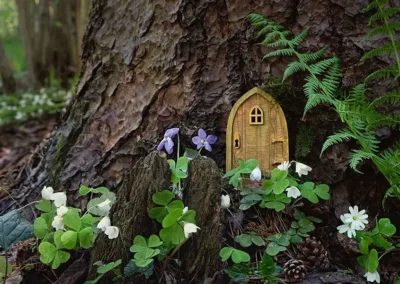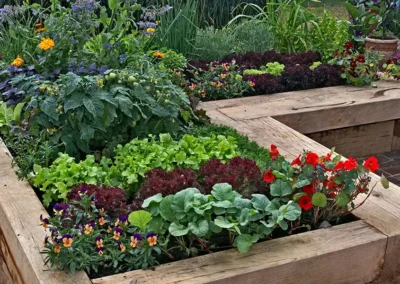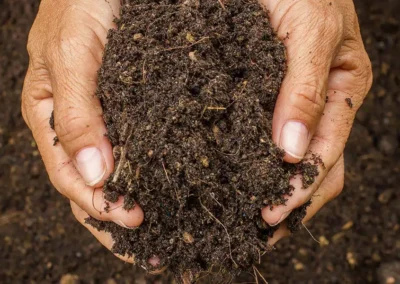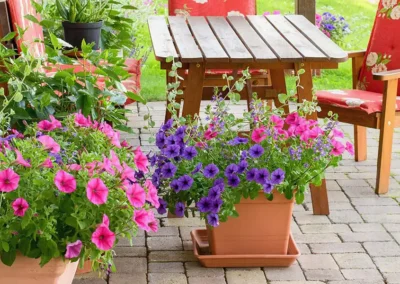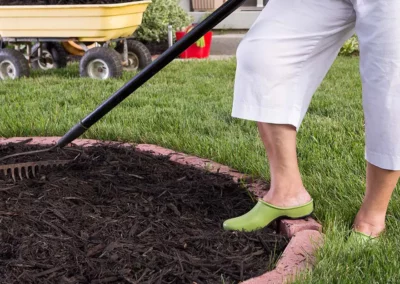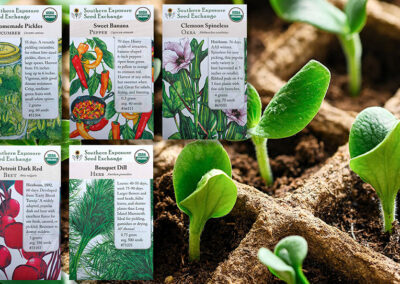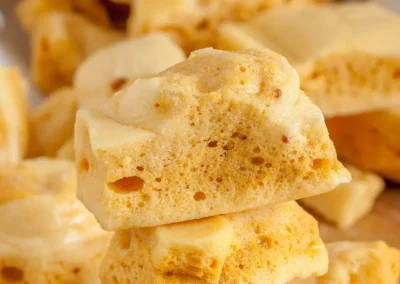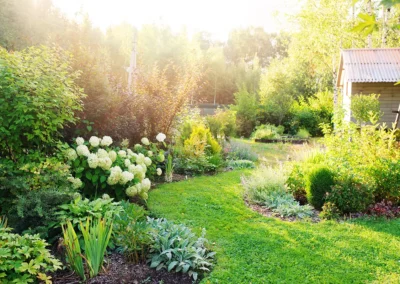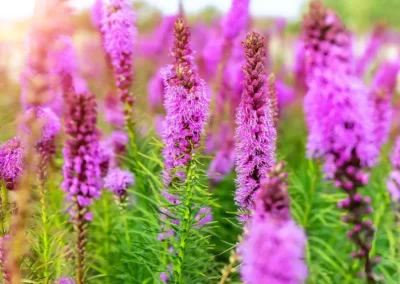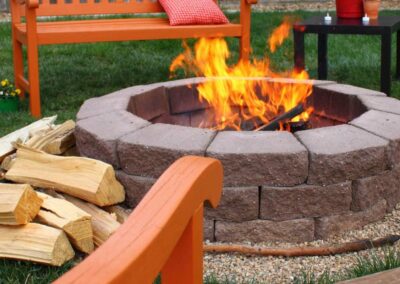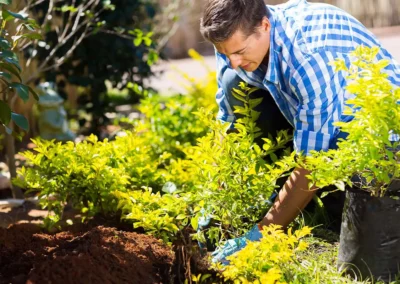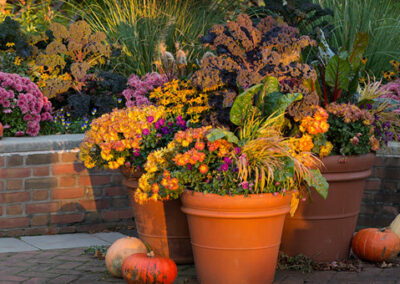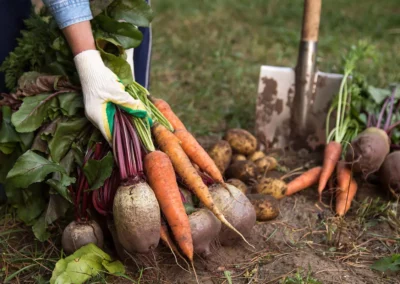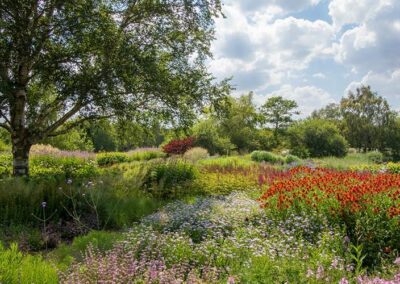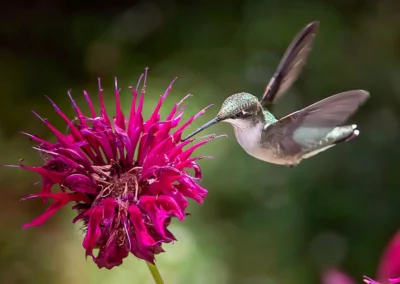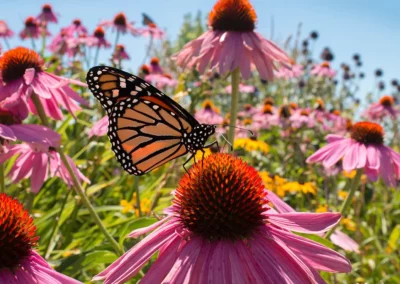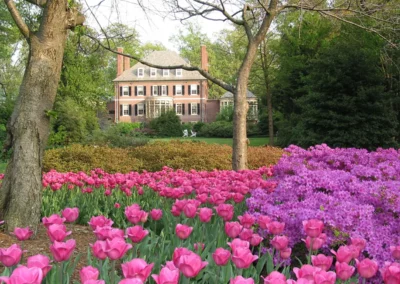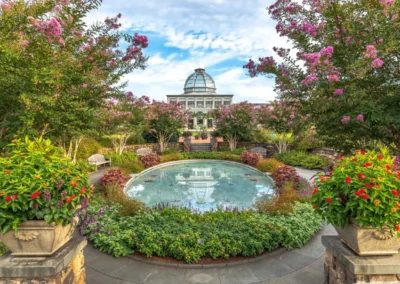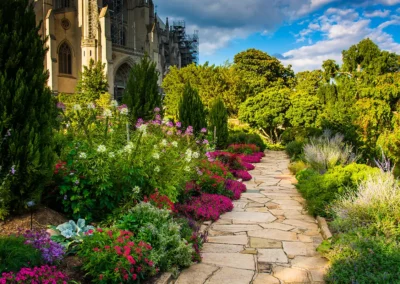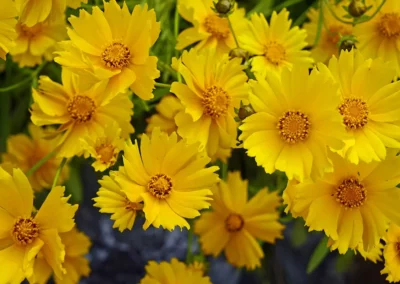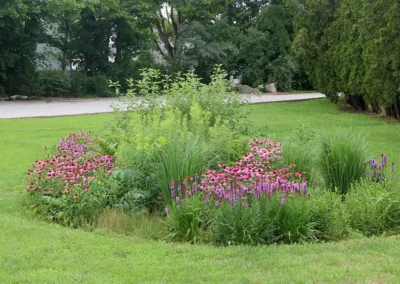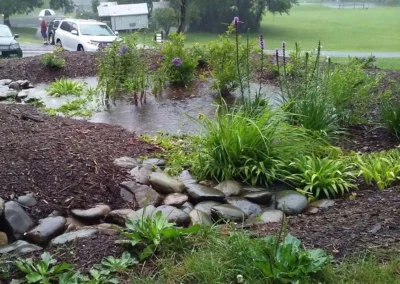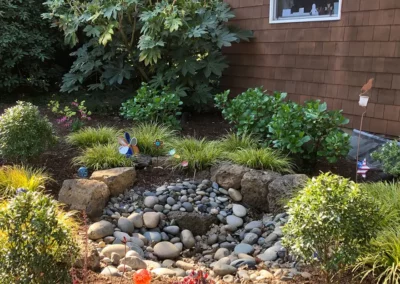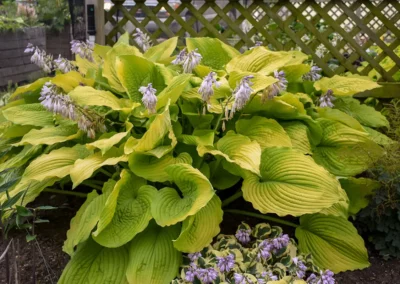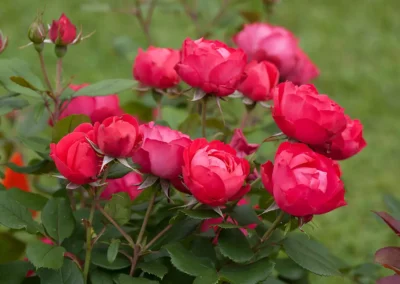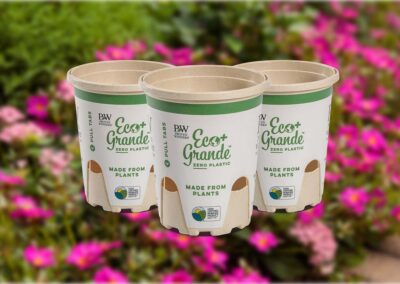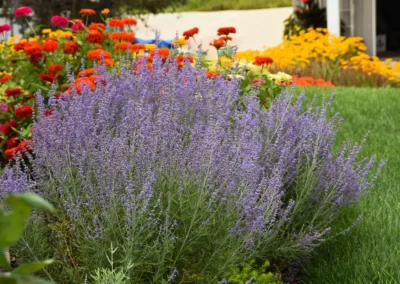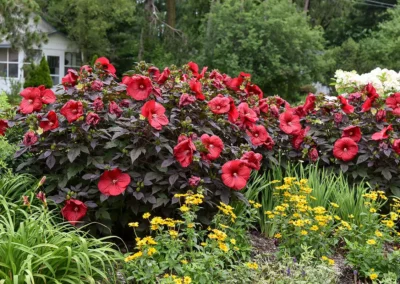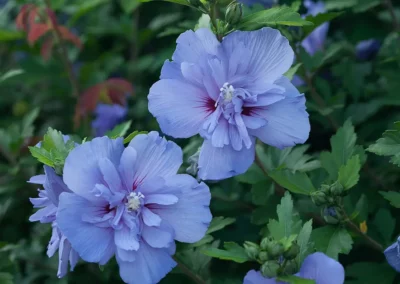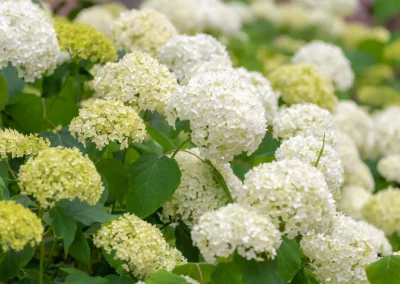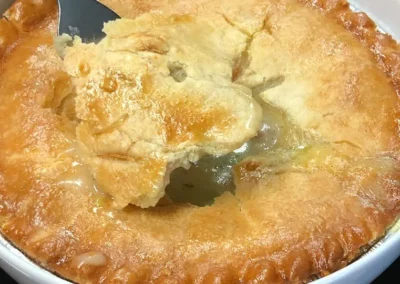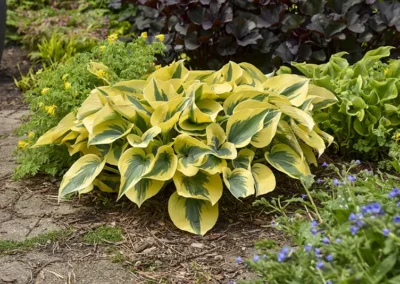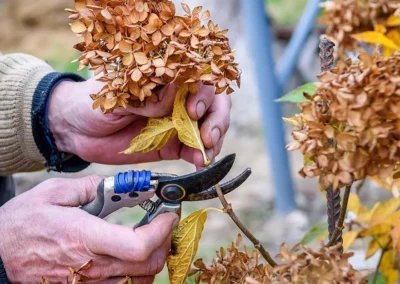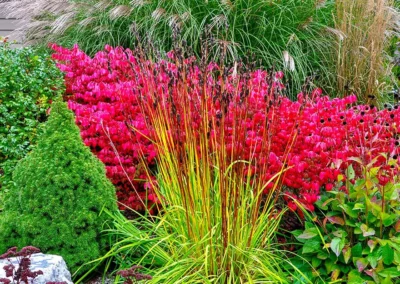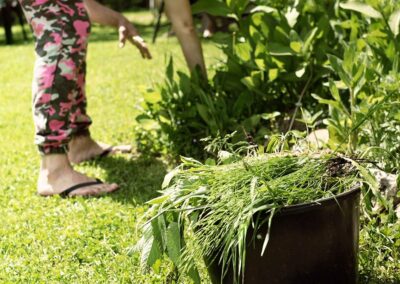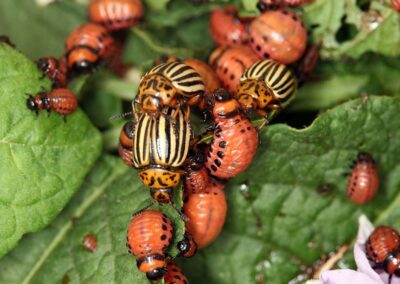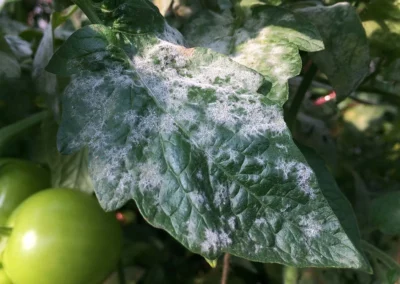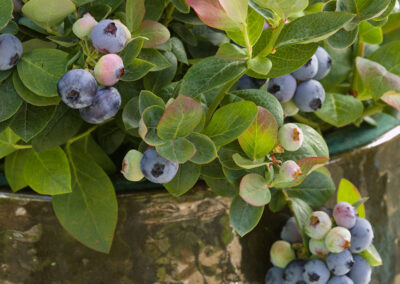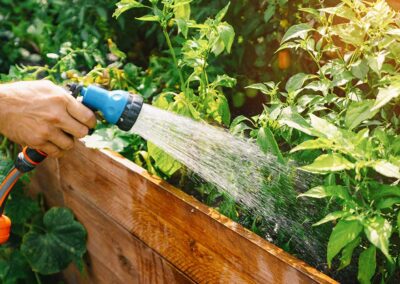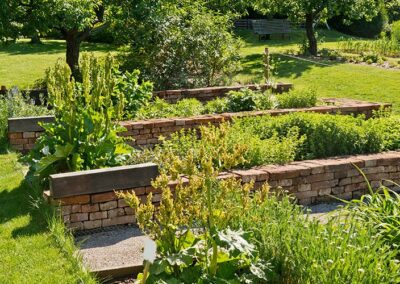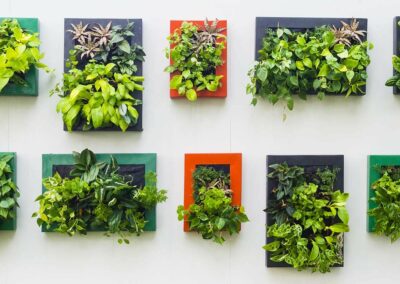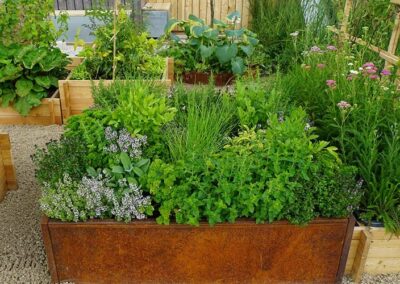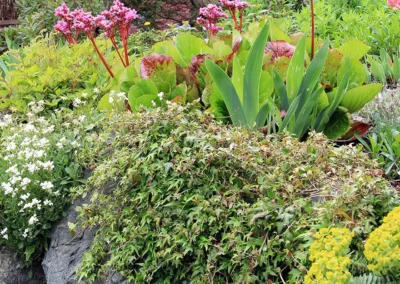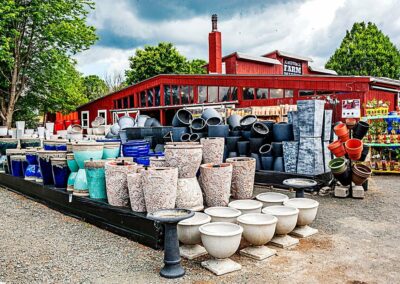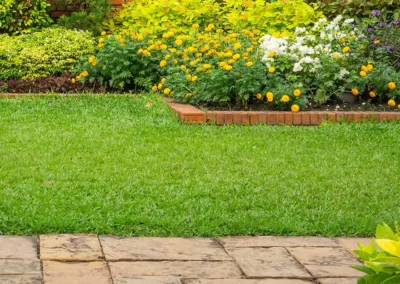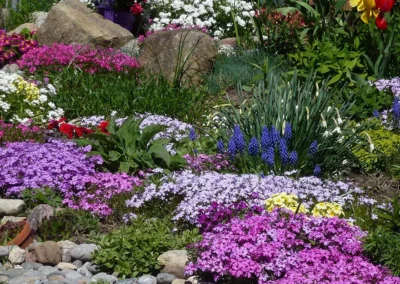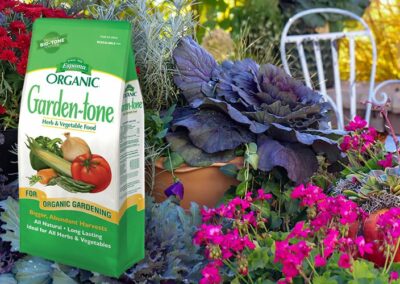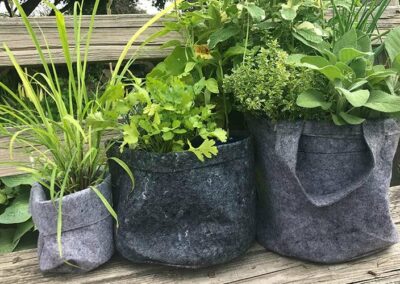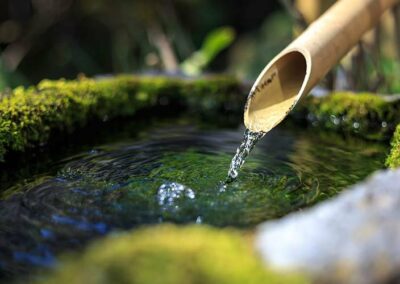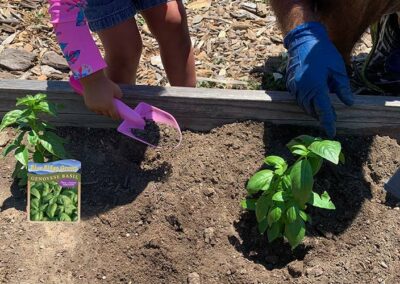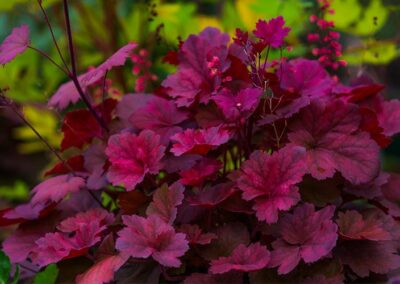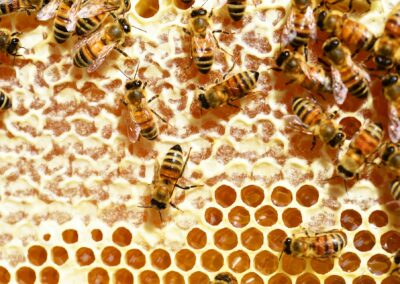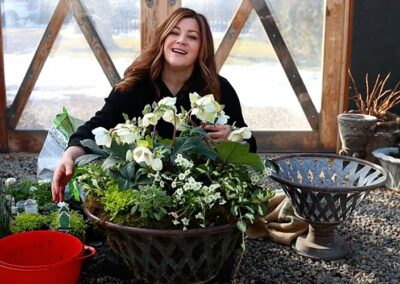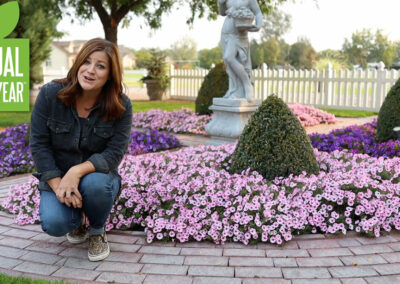Imagine stepping outside your front door and being greeted by a vibrant, colorful garden that welcomes you with open petals—season after season. No constant replanting. No yearly starting-from-scratch. Just a lush, dependable, ever-evolving landscape that returns to you each spring. That’s the magic of perennial flower gardens.
If you’re new to gardening or simply want to create a more relaxing and beautiful outdoor space, perennials are your best friends. Here, we’ll walk you through what perennials are, how to choose varieties that thrive in USDA hardiness zone 7b where the Garden Market is, how they can enhance your outdoor living space, and what it takes to keep them looking fabulous year after year.
What Are Perennials?
Let’s start with the basics. A perennial is a plant that lives for more than two years. Unlike annuals, which complete their life cycle in a single growing season, or biennials, which take two years, perennials return every spring from their root systems. Some go dormant in the winter; others stay semi-evergreen, depending on your local climate.
Zone 7b, which includes Reston, Virginia, other parts of the southern U.S., the mid-Atlantic, and certain coastal regions, offers a relatively mild climate with winter lows around 5 to 10 degrees Fahrenheit. This means you have a wide palette of perennial plants from which to choose—and many of these will reward you with long-lasting blooms, interesting foliage, and minimal upkeep.
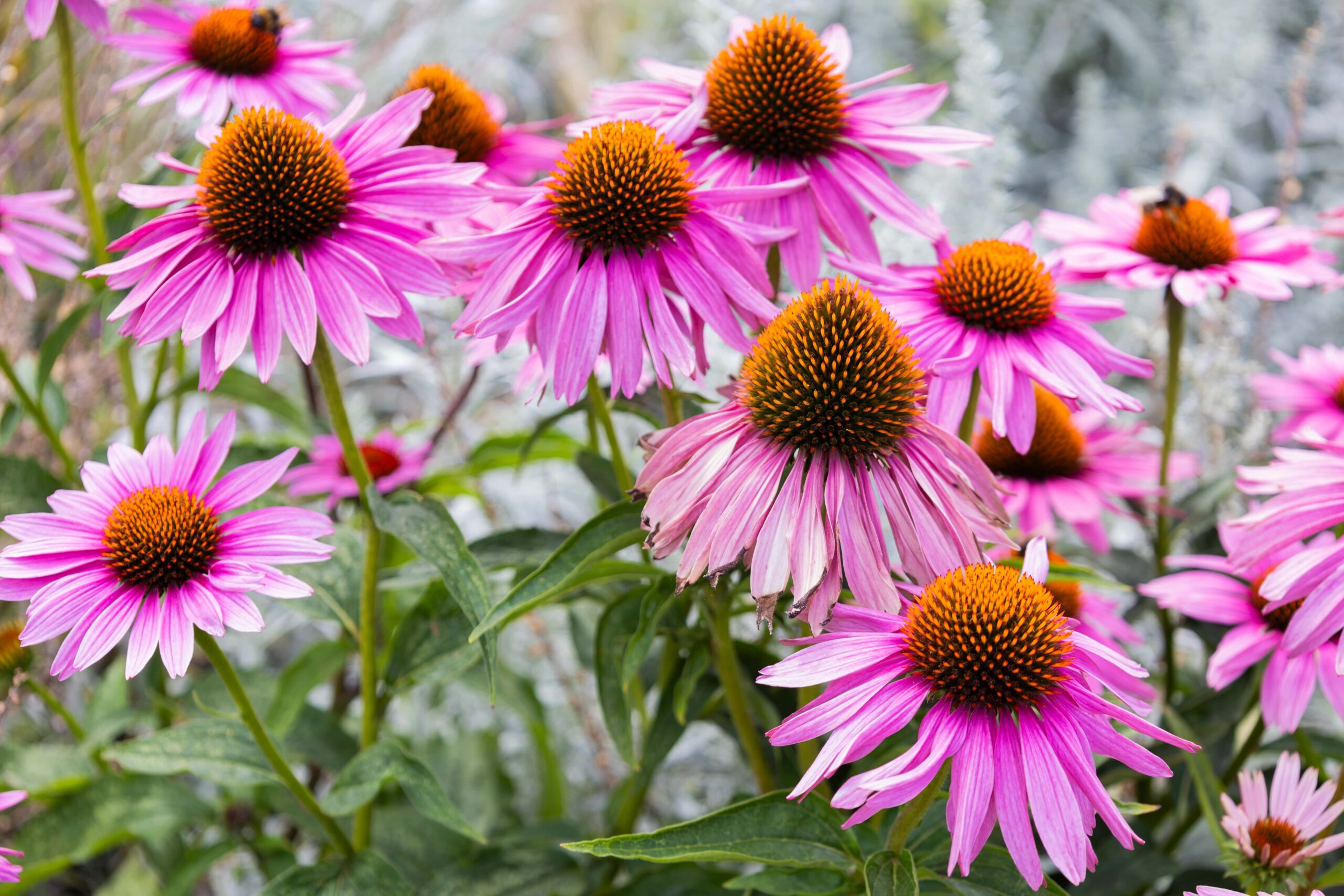
Perennials Perfect for Zone 7b
Ready to dig in? Here are some beautiful and reliable perennials that flourish in zone 7b gardens:
- Coneflowers (Echinacea)
- Bloom Time: Mid to late summer
- Sun: Full sun
- Why You’ll Love Them: These cheerful daisy-like flowers come in shades of pink, purple, white, and even orange or yellow. They’re drought-tolerant, pollinator-friendly, and a joy to watch sway in the breeze.
- Black-Eyed Susans (Rudbeckia)
- Bloom Time: Summer to early fall
- Sun: Full sun to partial shade
- Why You’ll Love Them: With bold yellow petals and dark centers, black-eyed Susans are iconic in American gardens. They’re hardy, low-maintenance, and attract butterflies and bees.
- Daylilies (Hemerocallis)
- Bloom Time: Early to midsummer (many re-bloom)
- Sun: Full sun to light shade
Why You’ll Love Them: Though each bloom lasts only a day, established daylily clumps produce a profusion of flowers over weeks. They’re available in almost every color.
- Salvia (Salvia nemorosa or Salvia greggii)
- Bloom Time: Late spring to fall
- Sun: Full sun
- Why You’ll Love Them: These spiky flowers bring texture and vibrant purple or blue hues to your garden. They’re also beloved by hummingbirds and beneficial insects.
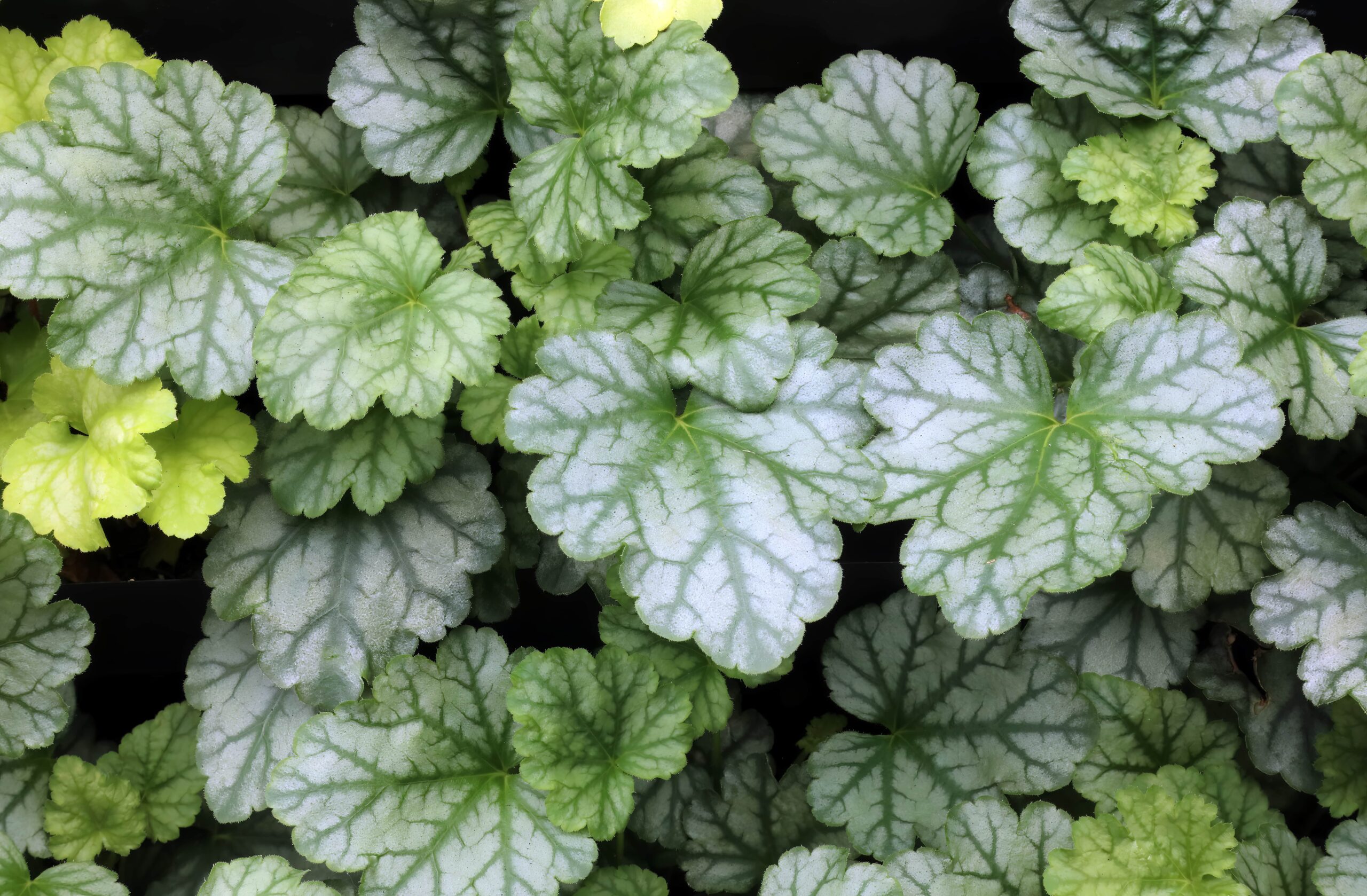
- Heuchera (Coral Bells)
- Bloom Time: Late spring to early summer
- Sun: Shade to partial shade
- Why You’ll Love Them: Grown more for their colorful foliage than their tiny flowers, coral bells come in a rainbow of leaf colors—from lime green to deep burgundy.
- Russian Sage (Perovskia atriplicifolia)
- Bloom Time: Midsummer to fall
- Sun: Full sun
- Why You’ll Love It: Its silvery foliage and misty lavender blooms add a soft, airy texture to borders. Plus, it’s heat- and drought-tolerant once established.
- Hellebores (Helleborus)
- Bloom Time: Late winter to early spring
- Sun: Partial to full shade
- Why You’ll Love Them: Also called Lenten roses, hellebores bloom when almost nothing else dares to—sometimes even pushing through snow. Their evergreen leaves are an added bonus.
- Coreopsis
- Bloom Time: Late spring through summer
- Sun: Full sun
- Why You’ll Love Them: Coreopsis, often called tickseed, offers sunny yellow or bright orange blooms that seem to glow. They’re compact, cheerful, and thrive in average soil.
How Perennials Improve Outdoor Living
A perennial garden is more than just a pretty view—it’s an invitation to step outside, take a breath, and enjoy the moment. Here’s how adding perennials can elevate your outdoor life:
- Create a Sense of Place: With their year-after-year presence, perennials become a familiar part of your home’s landscape. They root you to the seasons.
- Support Pollinators: Bees, butterflies, hummingbirds, and other beneficial insects rely on flowering plants. A perennial garden can be a buzzing oasis of biodiversity.
- Soften Hardscapes: Have a patio, porch, or walkway? Bordering these areas with soft, flowering perennials adds warmth and comfort.
Lower Maintenance: Once established, perennials require less work than replanting annuals each year. They also often need less water, fewer fertilizers, and less fuss. - Create Natural Privacy: Taller perennials, such as ornamental grasses or hollyhocks, can create a gentle screen to make outdoor spaces feel cozy and secluded.
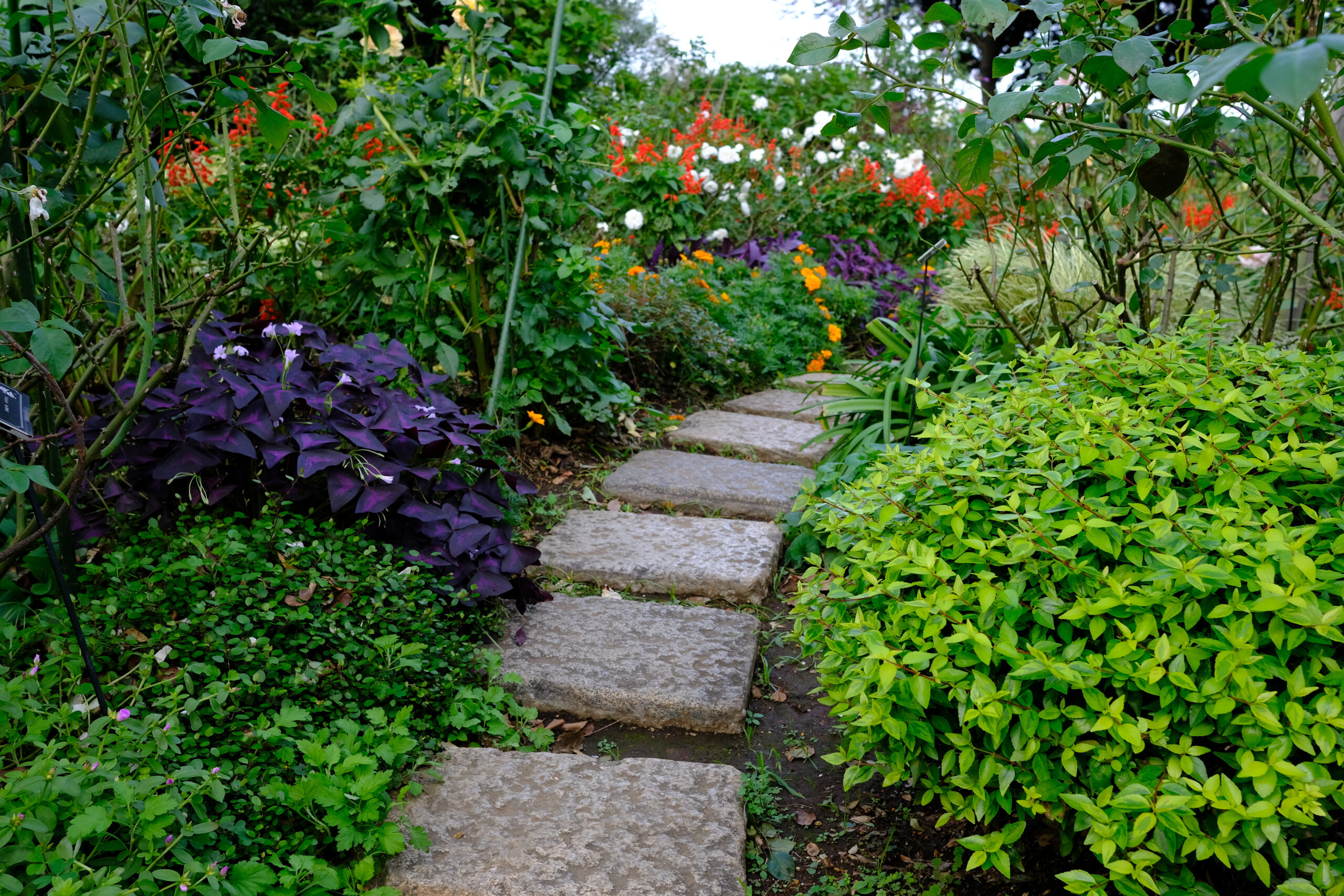
Designing Your Perennial Garden
Designing a perennial garden is a lot like decorating a room—you want structure, color, variety, and a bit of personal flair. Here are some key things to keep in mind:
- Layer Heights
Place taller plants (such as Joe Pye weed or delphinium) toward the back or center of your garden bed, with medium-height plants in front, and shorter, spreading varieties like creeping phlox or sedum at the edges.
- Choose a Color Palette
Think about the mood you want to set. Soft pastels can evoke a calm, cottage feel. Bold reds and oranges bring energy. Or go classic with purples and yellows for contrast.
- Mix Bloom Times
Staggering bloom periods ensures something is always in flower. Pair early bloomers like hellebores or bleeding hearts with summer staples like coneflowers, and finish with fall bloomers like asters.
- Include Foliage Interest
Not every plant needs showy flowers. Mix in plants with striking leaves—think variegated hostas or silvery lamb’s ear—to add texture and depth.
- Keep Paths and Access in Mind
Leave enough room between plants to walk, weed, or harvest flowers. Curved paths made of mulch, stone, or gravel invite wandering and admiring.
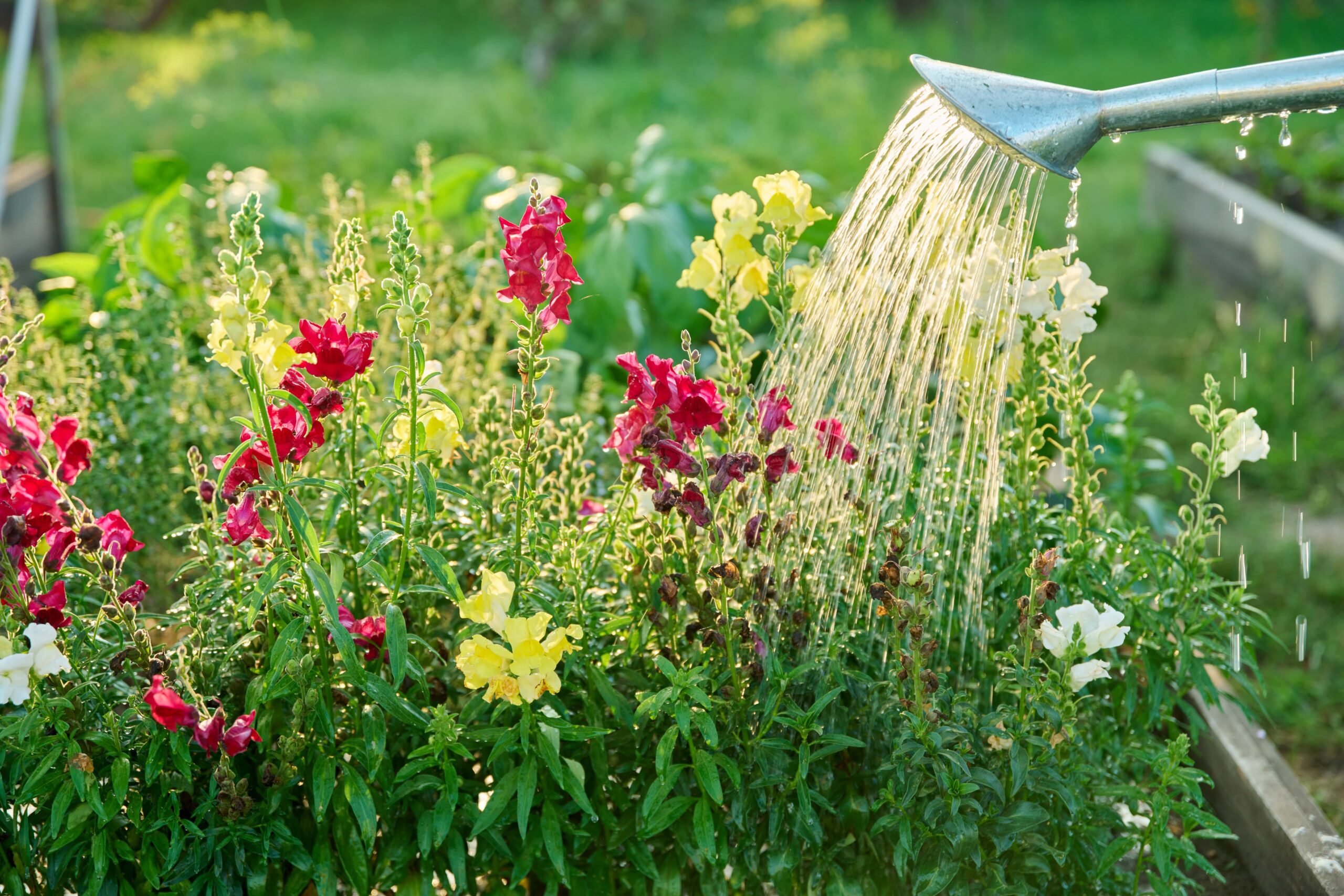
Caring for Your Perennial Garden
Good news… Perennials aren’t high-maintenance, but they do appreciate a little annual love. Here are the basics to keep them thriving:
Watering
During their first year, water regularly as roots establish. After that, many perennials are surprisingly drought-tolerant. Water deeply, but less often to encourage deep root systems.
Mulching
Add two to three inches of mulch each spring to suppress weeds, retain moisture, and protect roots. Organic mulch such as shredded bark or leaf mold breaks down over time and improves soil quality.
Deadheading
Removing spent blooms (a process called deadheading) can encourage re-blooming and prevent self-seeding—unless, of course, you want volunteers!
Dividing
Many perennials, such as hostas, irises, or daylilies, benefit from being divided every few years. This keeps them healthy, prevents overcrowding, and gives you free plants to share or expand your beds.
Cutting Back
In fall or early spring, cut back dead foliage. Some gardeners leave stems standing through winter for added interest and to support overwintering insects and birds.
Feeding
Fertilizer needs are minimal. A light application of compost or a balanced organic fertilizer in spring is often enough to keep things growing strong.
Bonus Tips for Beginner Gardeners
- Start Small: It’s better to enjoy a modest, manageable garden than to be overwhelmed by a large one.
- Buy Local: Visit local nurseries or garden centers like your favorite Reston Farm Garden Market! We carry plants that are proven performers in our zone.
- Observe and Adjust: Don’t be afraid to move a plant that isn’t thriving. Gardening is part planning, part improvisation.
- Keep a Garden Journal: Note what blooms when, what you love, and what you’d like to change next season.
Perennial Flower Gardens: Lasting Beauty That Grows With You
A perennial flower garden isn’t just about plants—it’s about creating a living, breathing space that brings you joy year after year. Whether you have a sprawling backyard or a cozy front yard bed, perennials offer beauty, resilience, and a lasting connection to nature.
Start with a few favorites, enjoy the process, and let your garden grow with you. Who knows? A single coneflower this spring might spark a lifelong love of gardening.

